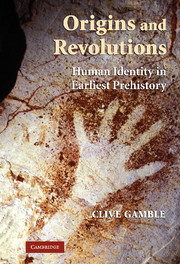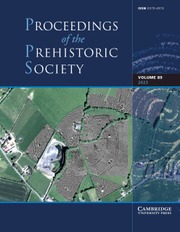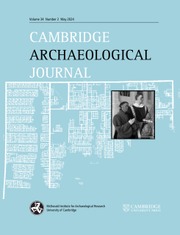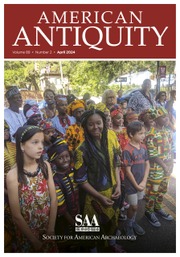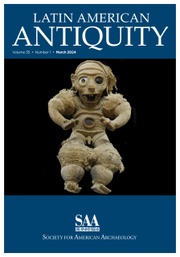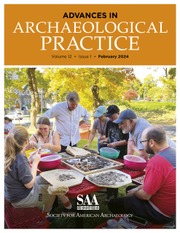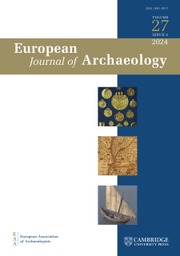The Archaeology of Japan
From the Earliest Rice Farming Villages to the Rise of the State
Part of Cambridge World Archaeology
- Author: Koji Mizoguchi, Graduate School of Social and Cultural Studies, Kyushu University
- Date Published: March 2018
- availability: Available
- format: Paperback
- isbn: 9780521711883
Paperback
Other available formats:
Hardback, eBook
Looking for an inspection copy?
This title is not currently available on inspection
-
This is the first book-length study of the Yayoi and Kofun periods of Japan (c.600 BC–AD 700), in which the introduction of rice paddy-field farming from the Korean peninsula ignited the rapid development of social complexity and hierarchy that culminated with the formation of the ancient Japanese state. The author traces the historical trajectory of the Yayoi and Kofun periods by employing cutting-edge sociological, anthropological and archaeological theories and methods. The book reveals a fascinating process through which sophisticated hunter-gatherer communities in an archipelago on the eastern fringe of the Eurasian continent were transformed materially and symbolically into a state.
Read more- Provides the first ever book-length introduction to the Yayoi and Kofun periods of Japan (c.600 BC–AD 700)
- Includes in-depth exploration of the critical periods for the understanding of state-formation in Japan and the world
- Employs a wide range of fascinating archaeological theories accessible to students and of interest to researchers
Customer reviews
Not yet reviewed
Be the first to review
Review was not posted due to profanity
×Product details
- Date Published: March 2018
- format: Paperback
- isbn: 9780521711883
- length: 391 pages
- dimensions: 280 x 216 x 22 mm
- weight: 1.1kg
- contains: 105 b/w illus. 21 tables
- availability: Available
Table of Contents
1. Introduction: the beginning of everything?
2. A tale of co-transformation: the history of modern Japan and the archaeology of the Yayoi and Kofun periods
3. Frameworks
4. Environment and the East Asian context
5. Beginnings: from the Incipient Yayoi (900/600 BC) to the Late Yayoi I periods (400/200 BC)
6. An archaeology of growth: from the Final Yayoi I (400/200 BC) to the end of the Yayoi IV (AD 1/50)
7. An archaeology of hierarchisation: from the final Yayoi IV to the Yayoi V periods (AD 1/50~200)
8. An archaeology of networks: the Yayoi–Kofun transition (the Shonai pottery style and the earliest Furu pottery style phase, AD 200~250/275)
9. An archaeology of monuments: the Early Kofun (AD 275~400) and Middle Kofun periods (AD 400~500)
10. An archaeology of bureaucracy: the Later Kofun period (AD 500~600)
11. An archaeology of governance: the establishment of the Ten'no emperor (AD 600~700)
12. Conclusion.
Sorry, this resource is locked
Please register or sign in to request access. If you are having problems accessing these resources please email [email protected]
Register Sign in» Proceed
You are now leaving the Cambridge University Press website. Your eBook purchase and download will be completed by our partner www.ebooks.com. Please see the permission section of the www.ebooks.com catalogue page for details of the print & copy limits on our eBooks.
Continue ×Are you sure you want to delete your account?
This cannot be undone.
Thank you for your feedback which will help us improve our service.
If you requested a response, we will make sure to get back to you shortly.
×



